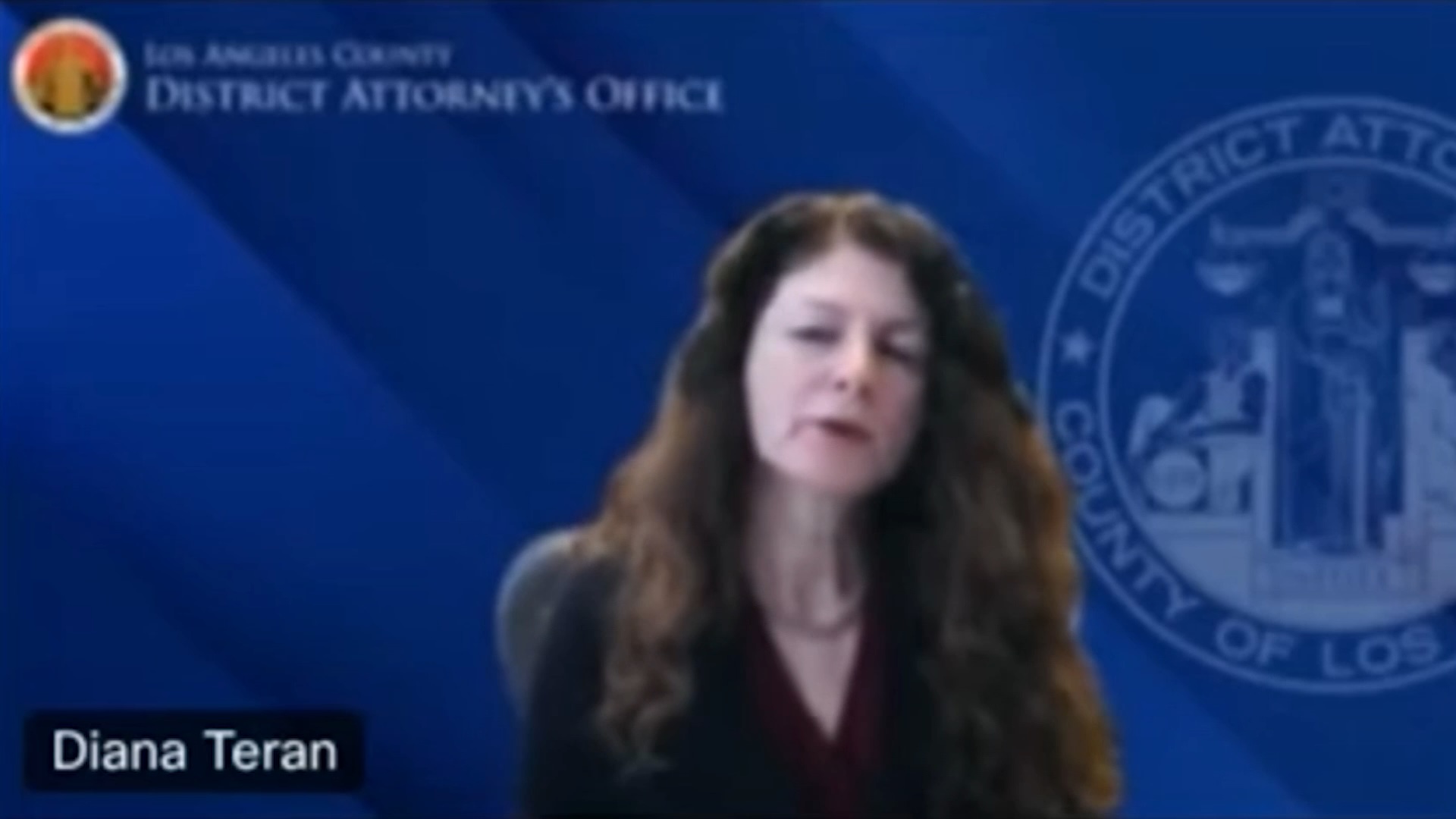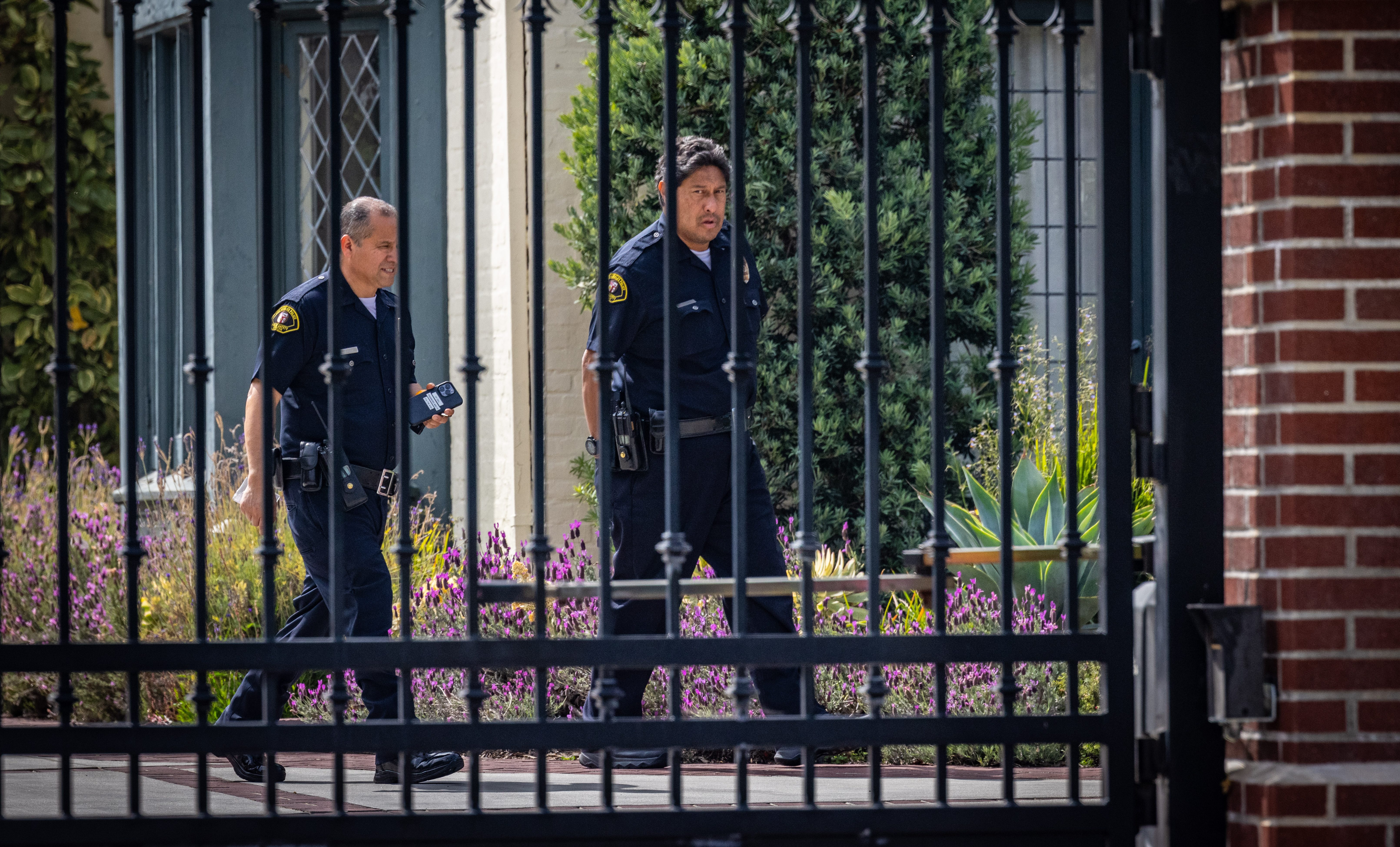A six-day strike of the Los Angeles Unified School District in 2019 ultimately led to a 6% pay increase for educators and reduced classroom sizes, according to LAUSD.
The district also reports the walkout amounted to more than $100 million in lost revenue that could have been invested in schools.
Public schools in California receive much of their funding when students are “present” in the classroom.
Get Southern California news, weather forecasts and entertainment stories to your inbox. Sign up for NBC LA newsletters.
“Any disruption to the routine of school makes it more difficult for children to stay on track on their education,” Pedro Noguera, Dean of the USC Rossier School of Education, told the I-Team.
Noguera points out the current strike of employees, including cafeteria workers, custodians, and teachers’ assistants comes on the heels of the 2019 strike and the COVID-19 pandemic.
“We are still seeing many kids hurt academically and socially and psychologically from the prolonged period of isolation from not being in school and this will just make it worse,” said Noguera.
I-Team Investigations
NBCLA I-Team investigative reporters break local news on stories that affect our community directly. Here are the latest investigations out of LA and SoCal.
Noguera says the employees directly involved are not only essential but are also underpaid. But he says the district is also strapped for finances.
A much-needed money boost did not happen for schools in 2020. That’s when voters failed to pass a ballot measure that called for a change in tax law to assess commercial properties statewide at market value that would help fund public education. It would have provided billions of dollars annually statewide.
“It really does hurt because on top of not having that money, the district is faced with declining enrollment,” said Noguera. “The district revenue is tied to the number of students it serves.”
He says there were 700,000 students in the district 20 years ago, but now there’s about 450,000.
Noguera says future funding is a challenge for the state, governor and legislature. He says they may have to look at taxing industries like Hollywood, agro-business, or billionaires who call California home.
“We put more money in our prison system for example than our higher education,” said Noguera. “So shifting priorities takes time, but I think in the long run it’s part of the answer.”



